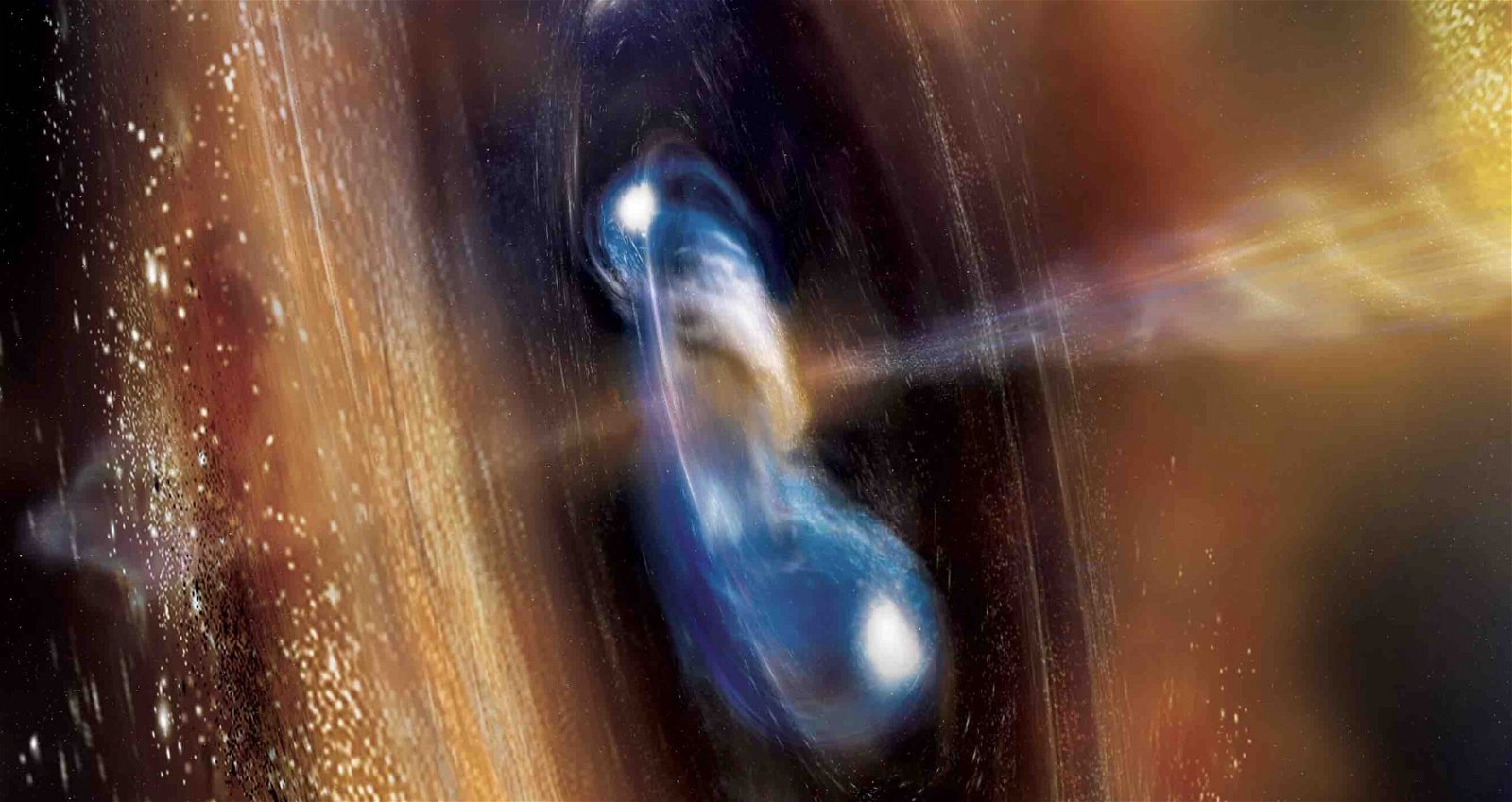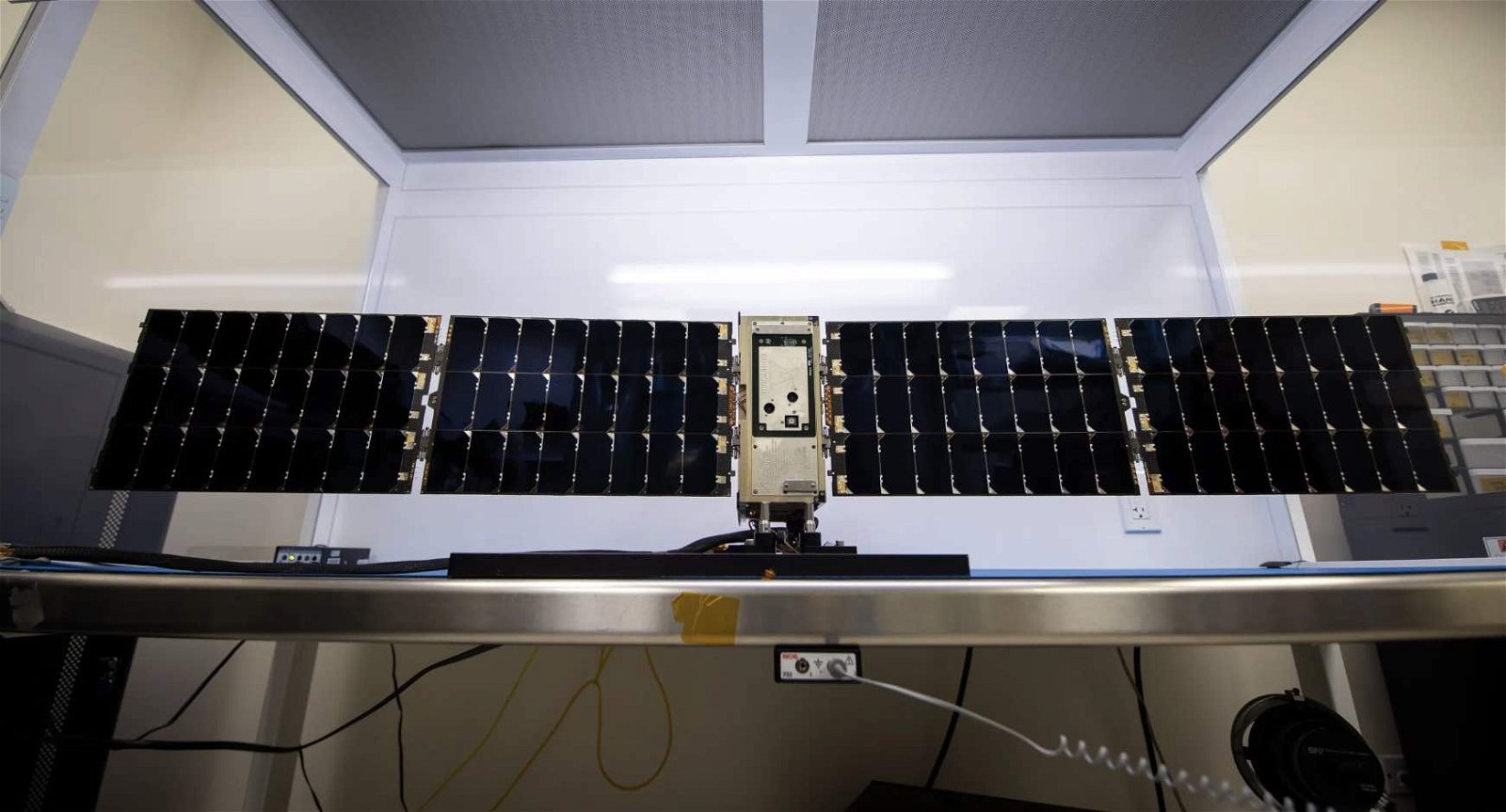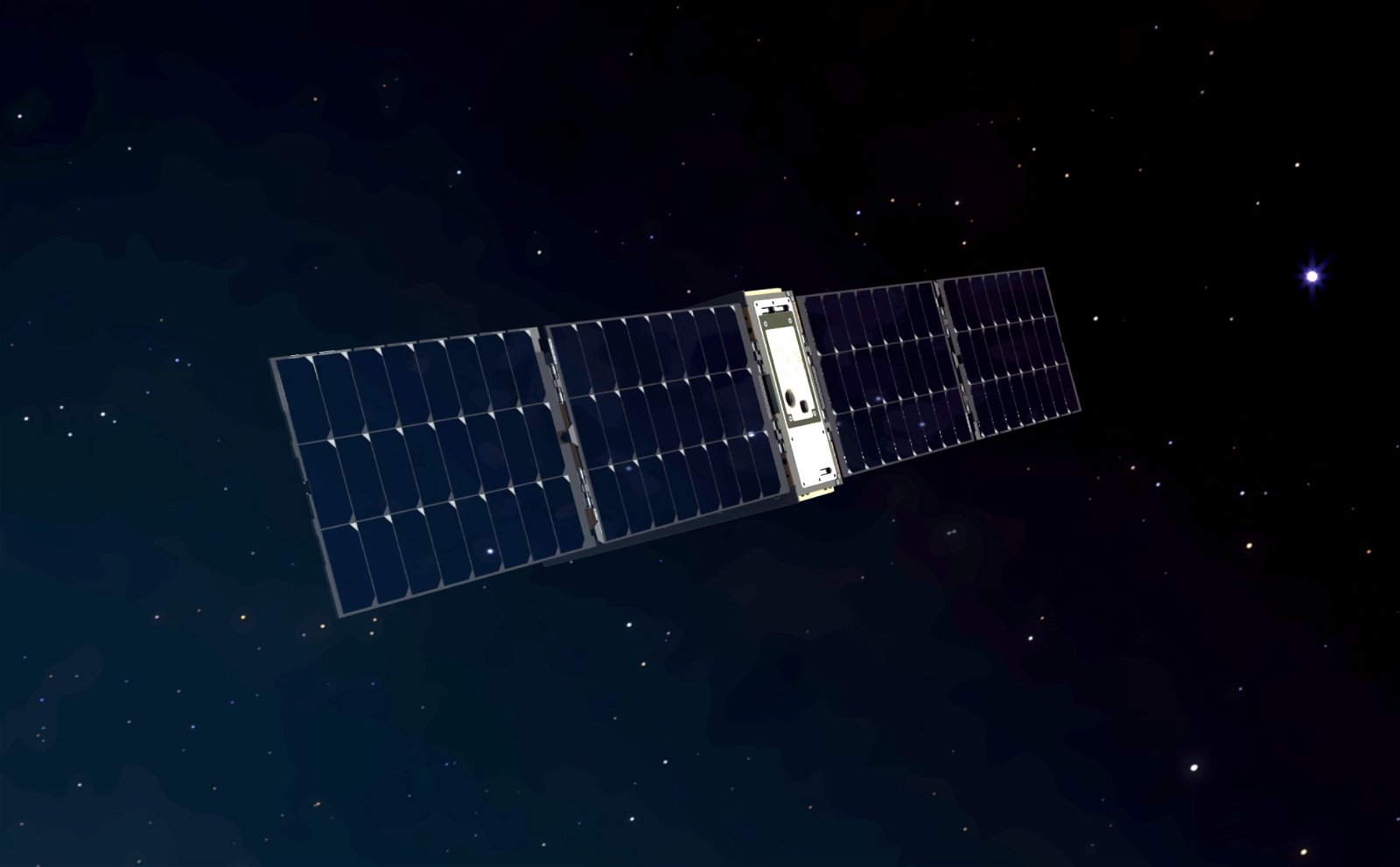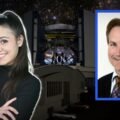NASA has just sent BurstCube, the technology behind its latest effort to collect data about the most powerful explosions in the known universe, on the first leg of its scientific mission.
BurstCube is a small satellite the space agency sent to the International Space Station on Thursday aboard the 30th SpaceX Commercial Resupply Services mission. Once it arrives, it will released into orbit to study the most intense form of cosmic explosions, a phenomenon known as short gamma-ray bursts (GRBs).
The Most Powerful Explosions in the Universe
Initially a chance discovery, NASA characterizes these intense blasts of light as “the most powerful class of explosions in the universe,” which are also believed to be the most energetic events to have occurred since the Big Bang.
Lasting anywhere from a few seconds to as much as several hours, these massive explosions are characterized by an initial, very intense flash of gamma rays, followed by the emission of energy at longer wavelengths constituting either X-rays, ultraviolet, or other forms of electromagnetic emissions known as its afterglow.
Once it is deployed into orbit, BurstCube’s unique technologies will help it begin investigating these mysterious events, which are believed to be caused either by the merging of two neutron stars, or the merger between a neutron star and a black hole, processes that result in the creation of heavy elements like gold, as well as ingredients for life that include iodine.
Studying them offers researchers a wealth of insights into various cosmic phenomena too, which include the death of very massive stars, gravitational waves, and how black holes form.
Light and Gravity
GRBs can be studied in a variety of ways, which include using detections involving light, as well as using gravitational waves, with each approach revealing different characteristics about these intense cosmic events, an approach astronomers call multimessenger astronomy.


In 2017, the sole instance where both light and gravitational waves were detected from the same event occurred during observations of GW170817, where gravitational wave signal from the shell elliptical galaxy NGC 4993 was detected by both the Virgo and LIGO detectors as a pair of neutron stars merged.
It marked a significant moment for astrophysicists with the first observation of gravitational waves that was successfully confirmed by non-gravitational means. Since that achievement, astronomers have been eager to make similar discoveries.
BurstCube Capabilities
Part of BurstCube’s unique capabilities include the angle its instruments are fitted to the shoebox-sized satellite.
“BurstCube’s detectors are angled to allow us to detect and localize events over a wide area of the sky,” said Israel Martinez, a University of Maryland research scientist and BurstCube team member with Goddard Space Flight Center.


Martinez explained that current GRB missions are remain incapable of observing as much as 30% of the sky, since they are blocked by the Earth. By deploying satellites to make these observations, astronomers are granted a much wider field of view, which heightens the chances that more bursts can be detected coinciding with detections of gravitational waves.
The primary instrument on BurstCube is capable of detecting gamma rays that produce energy signatures between 50,000 to one million electron volts. As it detects gamma rays, they are converted into visible light with a device called a scintillator, which is then directed to an array of 116 silicon photomultipliers that convert that light into electrons that BurstCube can measure.
A single pulse in BurstCube’s instrumental readout is produced for every gamma ray it detects, which allows for precise measurements of their energy and the time at which they arrive, and the direction from which they came.
You can learn more about NASA’s BurstCube mission on its official NASA page.
Micah Hanks is the Editor-in-Chief and Co-Founder of The Debrief. He can be reached by email at micah@thedebrief.org. Follow his work at micahhanks.com and on X: @MicahHanks.

